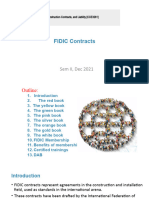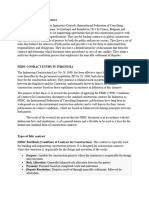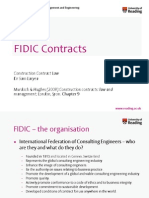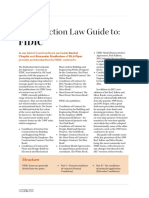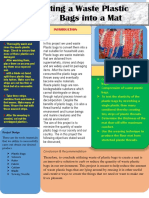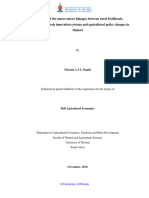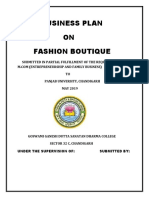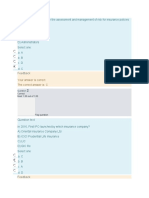White Book
Introduction to FIDIC
• FIDIC: International Federation of Consulting Engineers.
• Serves the construction and consulting engineering sectors.
• Known for:
o Standardized Contracts.
o Risk Management.
o Dispute Resolution.
o Performance-based Contracts.
o Focus on quality, sustainability, and integrity.
Types of FIDIC Books
1. Red Book:
o Employer provides designs.
o Contractor executes the project based on those designs.
2. Yellow Book:
o Contractor handles design and construction.
o Commonly used for design-build contracts.
3. Silver Book:
o Used for turnkey projects.
o Contractor assumes most design responsibilities and risks.
4. White Book:
o Known as the Client/Consultant Model Services Agreement.
o Defines roles and responsibilities of the consultant.
Details of FIDIC White Book
• Purpose: Outlines the contract between the client and consulting engineer.
• Key Provisions:
1. Roles and Responsibilities:
▪ Defines duties of the consulting engineer and client.
2. Scope of Services:
▪ Includes designs, reports, drawings, and other services.
� ▪ May allow variations and additional services.
3. Fees and Payments:
▪ Includes payment schedules and adjustments for scope changes.
4. Copyright and Intellectual Property:
▪ Protects ownership of designs and project documents.
5. Confidentiality:
▪ Requires the confidentiality of project information.
6. Liability and Indemnification:
▪ Defines the engineer's liability for errors and limits their responsibility.
7. Dispute Resolution:
▪ Procedures include negotiation, mediation, or arbitration.
Conclusion
• FIDIC books provide clear, structured contracts tailored to different project needs.
• The White Book emphasizes client-consultant collaboration, confidentiality, and dispute
resolution.
Yellow Book
Introduction to FIDIC
• FIDIC stands for "International Federation of Consulting Engineers."
• Established in 1913 during a World Exhibition in Ghent, Belgium.
• Provides standardized contracts for construction and engineering projects.
• Contracts focus on:
o Rights and obligations of parties.
o Risk allocation.
o Dispute resolution procedures.
FIDIC Yellow Book
• Used for design-build projects, where the contractor handles both design and construction.
• Officially called "Conditions of Contract for Plant and Design-Build for Electrical and
Mechanical Plant and for Building and Engineering Works Designed by the Contractor."
Key Parties
1. Employer - Owner of the project.
� 2. Contractor - Responsible for design and construction.
3. Engineer - Administers the contract, certifies payments, and reviews designs.
Main Contractual Provisions
1. Quality and Performance:
o Specifies quality standards and performance requirements.
o Requires performance security like a performance bond.
o Testing and inspection procedures verify compliance.
2. Time for Completion:
o Specifies timelines for project completion.
o Extensions allowed for delays like force majeure or employer’s risks.
o Liquidated damages imposed for delays beyond stipulated time.
3. Payment and Variations:
o Details total contract price and payment intervals.
o Payments are based on certificates issued by the engineer.
o Allows adjustments for changes or variations in the project.
4. Performance Security:
o Typically, a percentage of the contract price.
o Protects the employer if the contractor fails to fulfill obligations.
5. Testing and Commissioning:
o Involves tests to verify quality and compliance.
o Requires a commissioning plan and leads to a "Taking-Over Certificate."
6. Defects Liability Period:
o Starts after project completion and issuance of the Taking-Over Certificate.
o Contractor must fix defects within a stipulated time.
o Liability ends after the defects period, provided all issues are resolved.

